This summer I ran over a submerged object while I was out sailing my 18′ sail-and-oar boat. The centerboard, held down by a bungee, kicked up, dropped back down, and suffered no damage. The pivoting blade of my rudder was held in place by a downhaul in a jam cleat, not by a bungee, so when it kicked up, the stopper knot on the end of the downhaul pulled through its hole at the edge of the rudder blade. The blade stayed up and I no longer had rudder control. I had to stop, take the rudder apart, reinsert the downhaul, and add whipping to fatten the end to keep it from pulling though again. While I avoided major damage, it could have been worse if I’d had a more robust attachment for the downhaul. With the cleat mounted on a rudderhead, the downhaul line isn't at quite the right angle entering the cleat but the system still works.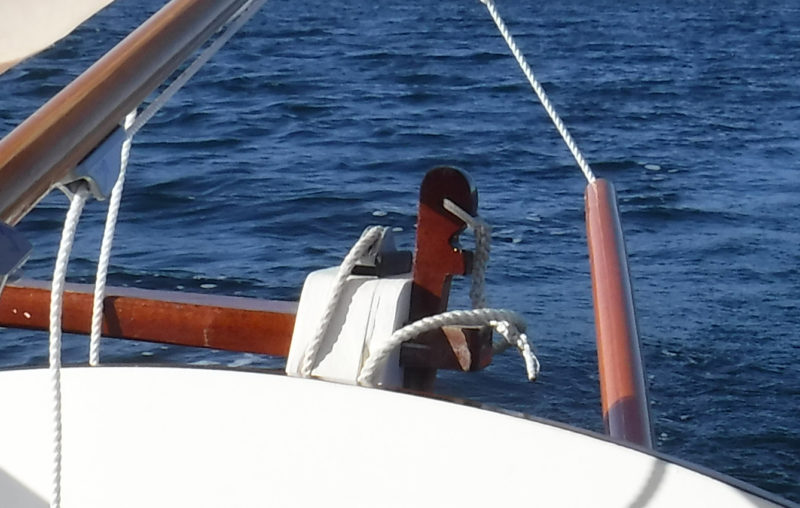 Alex Zimmerman
Alex Zimmerman
Join The Conversation
We welcome your comments about this article. To include a photo with your remarks, click Choose File below the Comment box.
Comments (5)
Comments are closed.

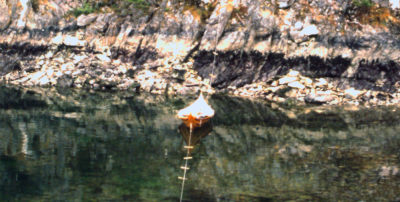
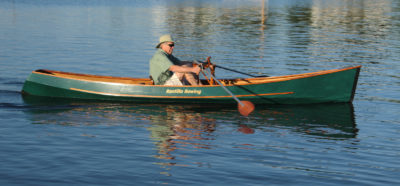
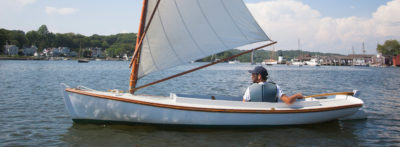
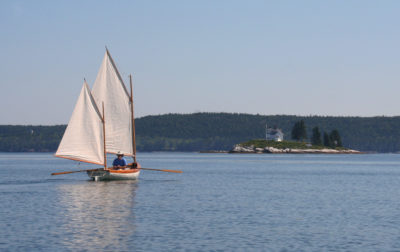
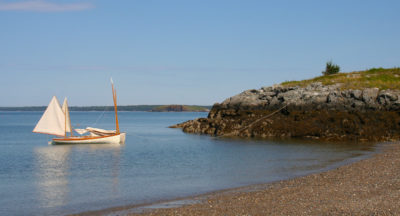
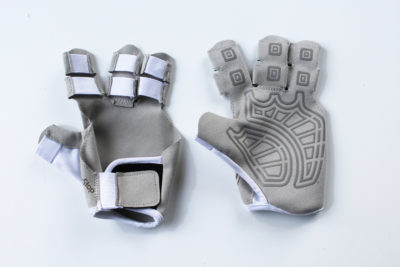

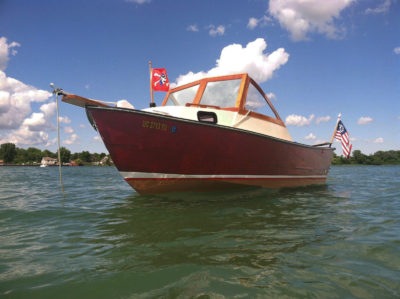

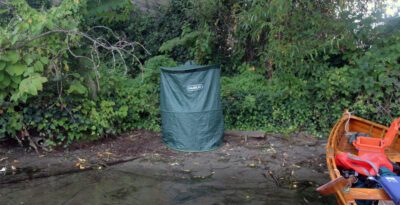


Perhaps adding a loop of shock cord in the rudder downhaul would not be a bad idea, even with this cleat, just to soften the blow a bit. It does not have to be too long, a 4″to 6″loop, so it is not too soft.
I was once told by old George Greenhough, a local boat/surf/windsurf legend, that the things he really hates in life are the things that go click and clunk. He went on to say that things either have to have overwhelming strength or plenty of give.
I reckon I will order a couple of cleats.
I’ve got this cleat on both my rudder and centreboard as standard fitting on a Swallow Yachts Baycruiser 20. They have worked perfectly for seven years, during which I have grounded more times than I care to think. I also fitted one on my Iain Oughtred Guillemot to hold the centreboard down and again, it works without fault. Highly recommended, and I don’t think there is any need to fit shock cord. That might actually cause problems.
I agree, this is a great device. When my rudder catches a lobstah pot, it releases easily. A simple pull on the rudder downhaul and steering is restored. A little pressure with the heel of your hand and it is reset. A light setting works well for my Vivier Jewell. It never releases inappropriately. Well worth its price.
I mounted this device on my proa but I don’t like it because it’s plastic. Does anyone know a similar system built out of wood?
I don’t know of an auto-releasing cleat that’s made out of wood, but it may be possible to design one. I doubt that it would look much like the one reviewed here. The black plastic base has some flex in it—that’s what allows the disk on the jam cleat to slip past the tabs molded into the base. The plastic is not only flexible, but very durable, so it won’t wear out with repeated use. If any readers would like to take on the challenge of creating a do-it-yourself releasing cleat, we’d be happy to build them, test them, and publish them in a future issue.
Christopher Cunningham
Editor, Small Boats Monthly